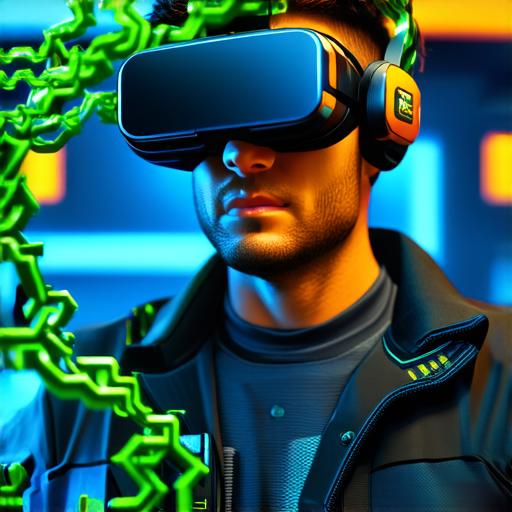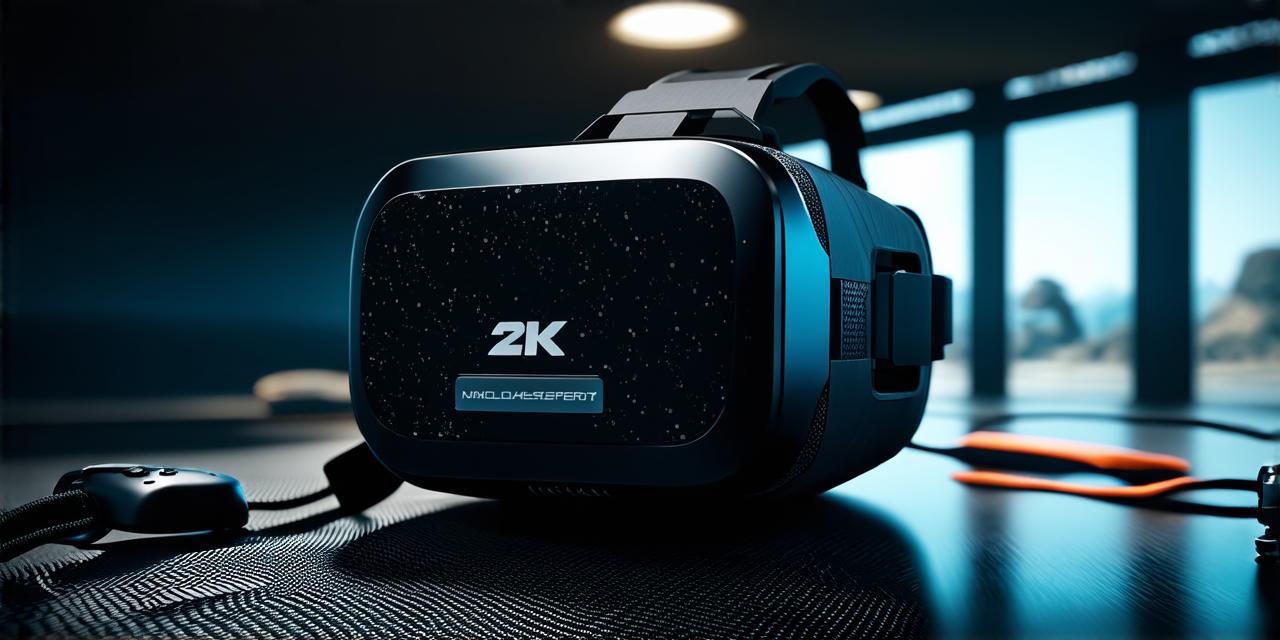
Explore opportunities in AR VR developer roles
In the dynamic world of Augmented Reality (AR) and Virtual Reality (VR), the role of a developer transcends mere coding or programming. It encompasses the creation of immersive, interactive, and engaging experiences that blur the lines between reality and virtuality.
The Transformative Power: AR/VR Impacting Everyday Life
AR and VR technologies are revolutionizing industries at an unprecedented pace. For instance, consider education. Virtual reality is being used to create immersive learning experiences, allowing students to explore historical sites or conduct scientific experiments in a risk-free environment. Meanwhile, AR is transforming entertainment, with apps like Pokémon Go encouraging physical activity while providing a fun and engaging gaming experience.
The Developer’s Arsenal: From Code to Experience
As an AR/VR developer, you wield a potent toolkit. You pen the code that breathes life into digital worlds, using programming languages such as C++, C, or Java. You design 3D models and graphics, crafting virtual environments that are not only visually stunning but also intuitive and user-friendly. Additionally, you may work with spatial computing APIs to create realistic interactions between the virtual and real world.

The Road Ahead: Opportunities and Obstacles
The future of AR/VR development is promising, with the global market projected to reach $209.2 billion by 2022 (Statista). However, this path is not without its challenges. Mastering AR/VR development requires a deep understanding of both technology and human behavior, as well as a knack for innovation. But with the right resources, mentorship, and determination, these hurdles can be surmounted.
FAQs
1. What skills do I need to become an AR/VR developer?
To embark on the journey of becoming an AR/VR developer, you’ll require proficiency in programming languages such as C++, C, or Java. Familiarity with 3D modeling and graphics is also essential. Additionally, understanding human-computer interaction principles and spatial computing concepts can be beneficial.
2. Where can I find resources for learning AR/VR development?
Online platforms like Unity, Unreal Engine, and Oculus offer comprehensive tutorials and resources for aspiring developers. Additionally, websites such as GitHub and Stack Overflow provide a wealth of information and code samples.
3. What are the job prospects in this field?
With the increasing adoption of AR/VR technologies across various sectors, job opportunities abound. From gaming to healthcare, education to retail, the possibilities are limitless. According to the U.S. Bureau of Labor Statistics, employment of software developers is projected to grow 21% from 2019 to 2029, much faster than the average for all occupations.
In conclusion, the role of an AR/VR developer offers a unique amalgamation of creativity, technology, and innovation. As we delve deeper into this new reality, the potential for growth and impact is immense.

